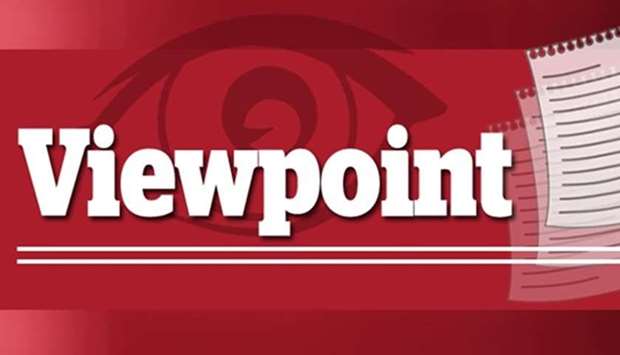Sri Lanka’s $81bn economy is under severe pressure, with Russia’s invasion of Ukraine raising global oil prices.
It announced a default on its $51bn foreign debt yesterday amid its worst economic crisis since independence in 1948 and escalating protests demanding the government’s resignation.
All outstanding payments to bond holders, bilateral creditors and institutional lenders will be suspended until a debt restructure, the finance ministry said.
The newly appointed central bank governor said authorities are seeking to negotiate with creditors.
The island nation of 22mn people has been hit by prolonged power cuts and shortages which have drawn protesters out on to the streets – in a threat to the country’s lucrative tourism industry – and put President Gotabaya Rajapaksa under mounting pressure.
Sri Lanka’s growth is slow and inflation is at multiyear highs. The authorities have since raised interest rates, devalued the local currency and placed curbs on non-essential imports.
But with a meagre $2bn in foreign exchange reserves and $7bn in debt payments due this year, restoring the country’s economic health remains an uphill battle.
Consumer prices rose nearly 19% in March from a year earlier, the fastest rate in Asia, after a 15% jump in February.
Rajapaksa carried out populist tax cuts in late 2019, reducing revenues just months before the pandemic devastated the economy, with international flights grounded and successive lockdowns ordered.
Remittances from overseas Sri Lankan workers dried up as well as many lost their jobs.
With foreign-exchange earnings plunging, Sri Lanka struggled to manage its external debt, which had grown in part due to loans from China to fund ambitious infrastructure projects.
Even though Sri Lanka has received credit lines from neighbours like India, it has been unable to regularly pay for imports of fuel and essential foods.
Sri Lankans are finding themselves in increasingly difficult living conditions.
Households and businesses have endured daily power cuts since March, with the duration stretching to 13 hours in April, as the government struggles to pay for energy supplies.
Global investors are now scrutinising the island nation’s ability to weather its debt challenge after dwindling foreign reserves prompted a slump in its currency.
“To get out of the crisis, the quick establishment of an effective government should be the first priority. Clinching a deal with the IMF should be next,” according to Bloomberg Economics’ economists Ankur Shukla and Abhishek Gupta.
Sri Lanka also needs to seek help from neighbours India and China, as well as opting to restructure its dollar debt, Bloomberg Economics said.
The country, off India’s southern tip, has struggled with conflict since gaining independence from Britain in 1948.
Civil war between the Sinhalese-dominated government and the separatist Liberation Tigers of Tamil Elam went on for decades and killed 100,000 people. The war ended in 2009 with a government victory amid allegations of human rights violations on both sides.
Sri Lanka has also become a battleground in which China and India compete for influence.
However with approaching maturities and interest repayments keeping policy makers on their toes, Sri Lanka has reached out to India for economic aid.
The Rajapaksa government has had a deep-seated reluctance to ask for IMF help since it can involve unpopular austerity measures.
But investors are watching to see if Sri Lanka will follow through with talks with the International Monetary Fund for an aid package.



